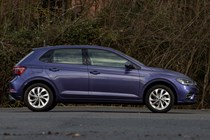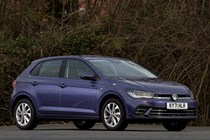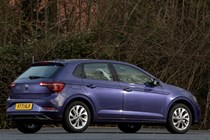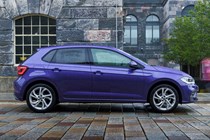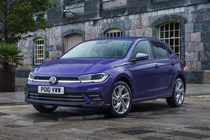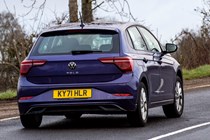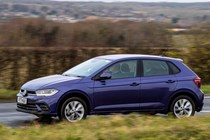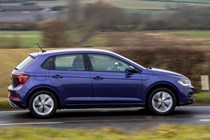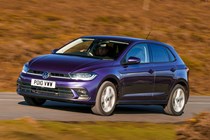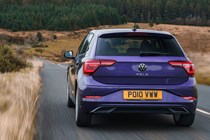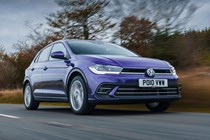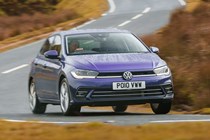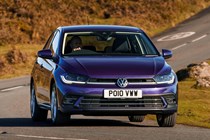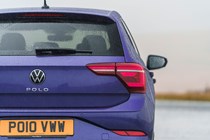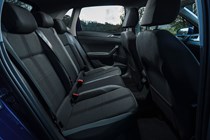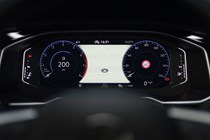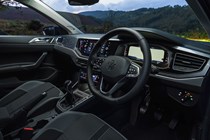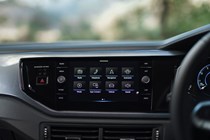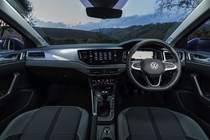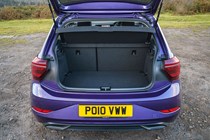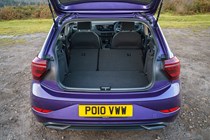
Volkswagen Polo long-term test
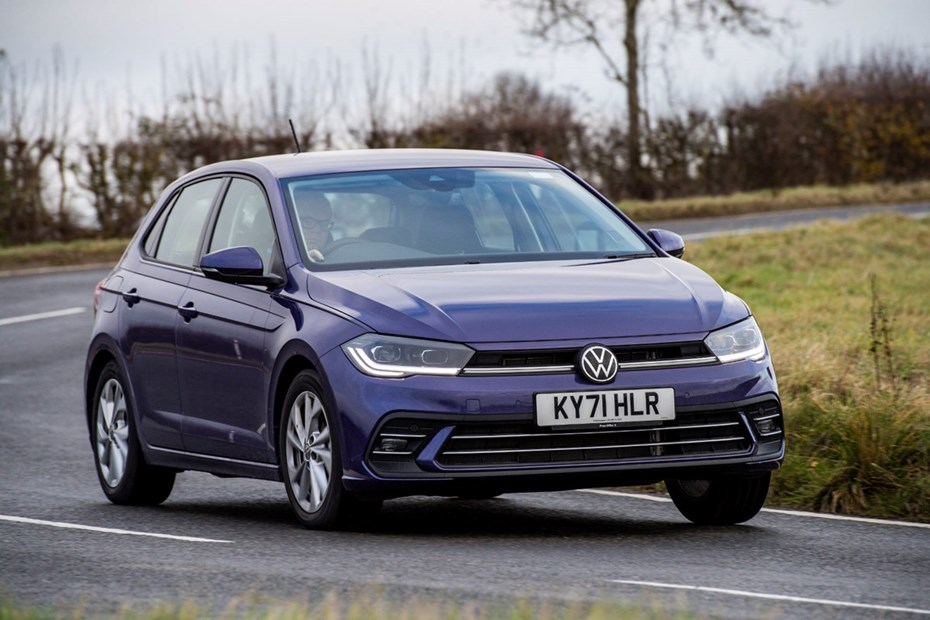
Small cars have fallen out of favour with UK buyers next to crossovers, but is there still space for a car like the Volkswagen Polo? To find out what it’s like to live with, Ted Welford ran one for a month.
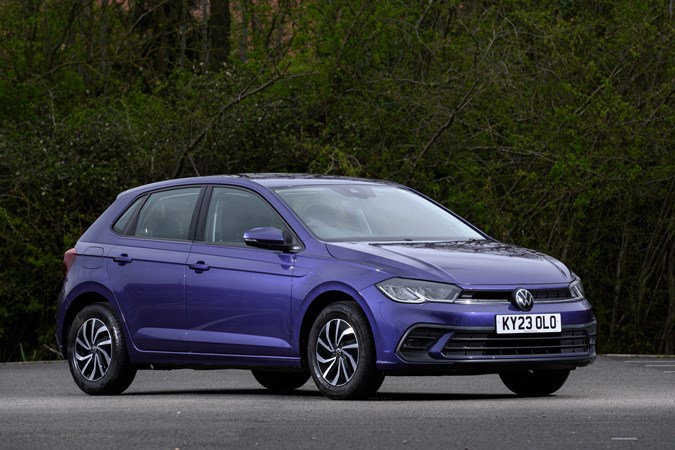
If you cast your mind back even just a few years, small cars (often known in the industry as superminis) were the most popular class of vehicle in the UK. But increasingly in the UK, these models are being overlooked in favour of small SUVs, or crossovers. Ford discontinued its Fiesta last year, while the curtain has recently fallen on cars such as the Kia Rio Nissan Micra.
If you look at the list of the 10 most popular new cars sold in the UK, in March 2024 (typically the busiest month for new registrations), just one supermini – the Vauxhall Corsa – and six SUVs were included. Compare that to March 2019, when there were five superminis and only one SUV, and you can see how things have changed.
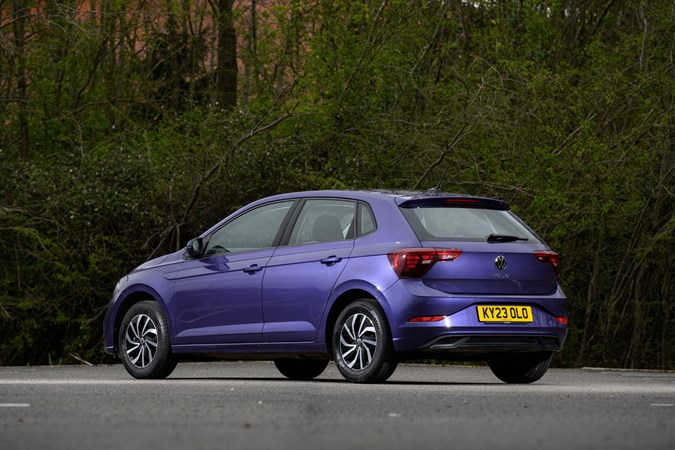
One supermini that has fallen slightly off the radar is the Volkswagen Polo, but does it still deserve to be on your shortlist if you’re looking for a small, well-made car? To find out we’ve spent a month with an entry-level Life version, to answer the question ‘Is it all the car you need?’.
Despite Life being the entry-level trim, it gets a surprising number of features, including LED headlights, adaptive cruise control, digital instrument cluster and touchscreen with wireless Apple CarPlay and Android Auto. It’s also combined with the mid-level 94bhp 1.0-litre turbocharged petrol engine and a five-speed manual.
Its £21,905 starting price is complemented by around £3,000 of extras – including a full-size spare tyre (£250), front and rear parking sensors (£505), Beats sound system (£550) and a distinctive ‘Vibrant Violet’ metallic paint. You could quite easily live without these options, though.
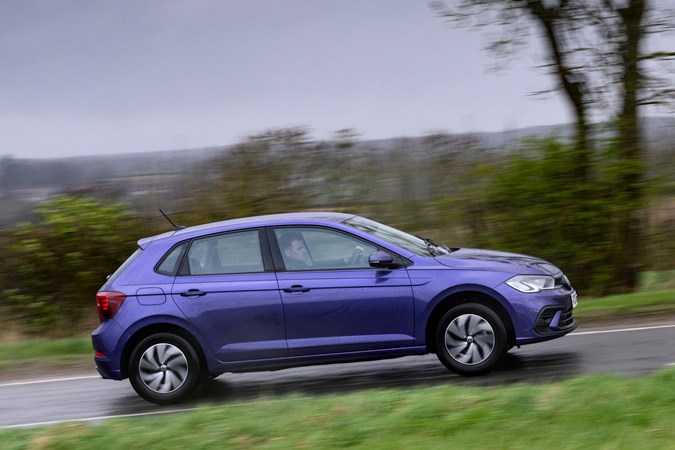
In a world of SUVs, hybrid and electric models I found myself more excited to run a base-spec manual supermini than I probably would have been a few years ago. It feels like a car that still works for many people but is now often overlooked. Over a month and 1,750 miles I clocked up an average fuel economy of 53.3mpg, but on steadier motorway runs that figure was well beyond 60mpg. It’s especially frugal and was even capable of 550 miles to a tank.
I’ve driven Polos briefly before, and always been impressed, but this supermini can just do every task possible which is so impressive for such a small car. It felt as good bumbling around town as it did on the motorway. Comfort and refinement were both strong points, with the smaller 15-inch alloy wheels on our Life car wrapped in big sidewall tyres likely aiding things further.
A sixth gear would be beneficial as it would help make it sit quieter on the motorway, though admittedly this isn’t a car designed to sit on the M1 all day.
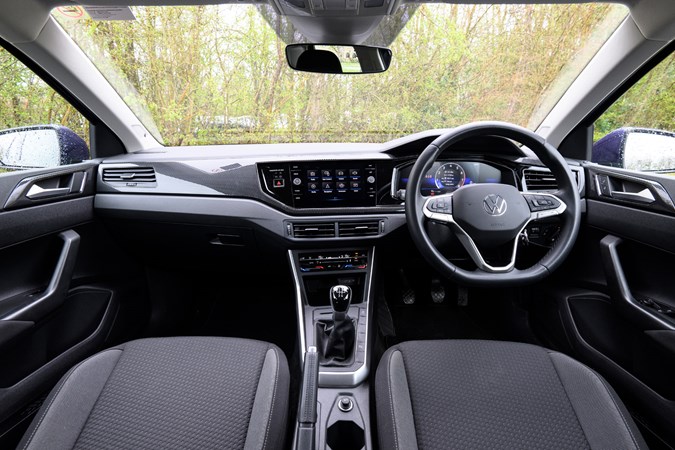
During my month with the Polo, many drew a comparison to it being like a Golf of years gone by. And that’s true, as the dimensions of this new supermini are very similar to those of a Golf from 25 years ago. Clever packaging means that there’s also plenty of space, adults can sit in relative comfort in the rear seats and the boot is easily enough for a few suitcases, as I demonstrated.
New cars with their nannying driving assistance and frustrating technology are increasingly quite irritating to drive, but the Polo isn’t like this at all. Two presses of the side of the indicator stalk disable the lane keep assist, and a well-laid-out interior with fantastic ergonomics makes it a great place to spend time. One of the few things I’d change about the Polo is adding a sixth gear on this 95hp model and also the digitalised climate control panel (a £505 option on this Life model) just aren’t as good to use as traditional dials.
So would I recommend a Polo? Wholeheartedly, yes. It’s a type of car that punches well above its weight in the way it drives, the quality of its interior and for interior space, and demonstrates that there is most certainly a place for small and efficient petrol hatchbacks.



